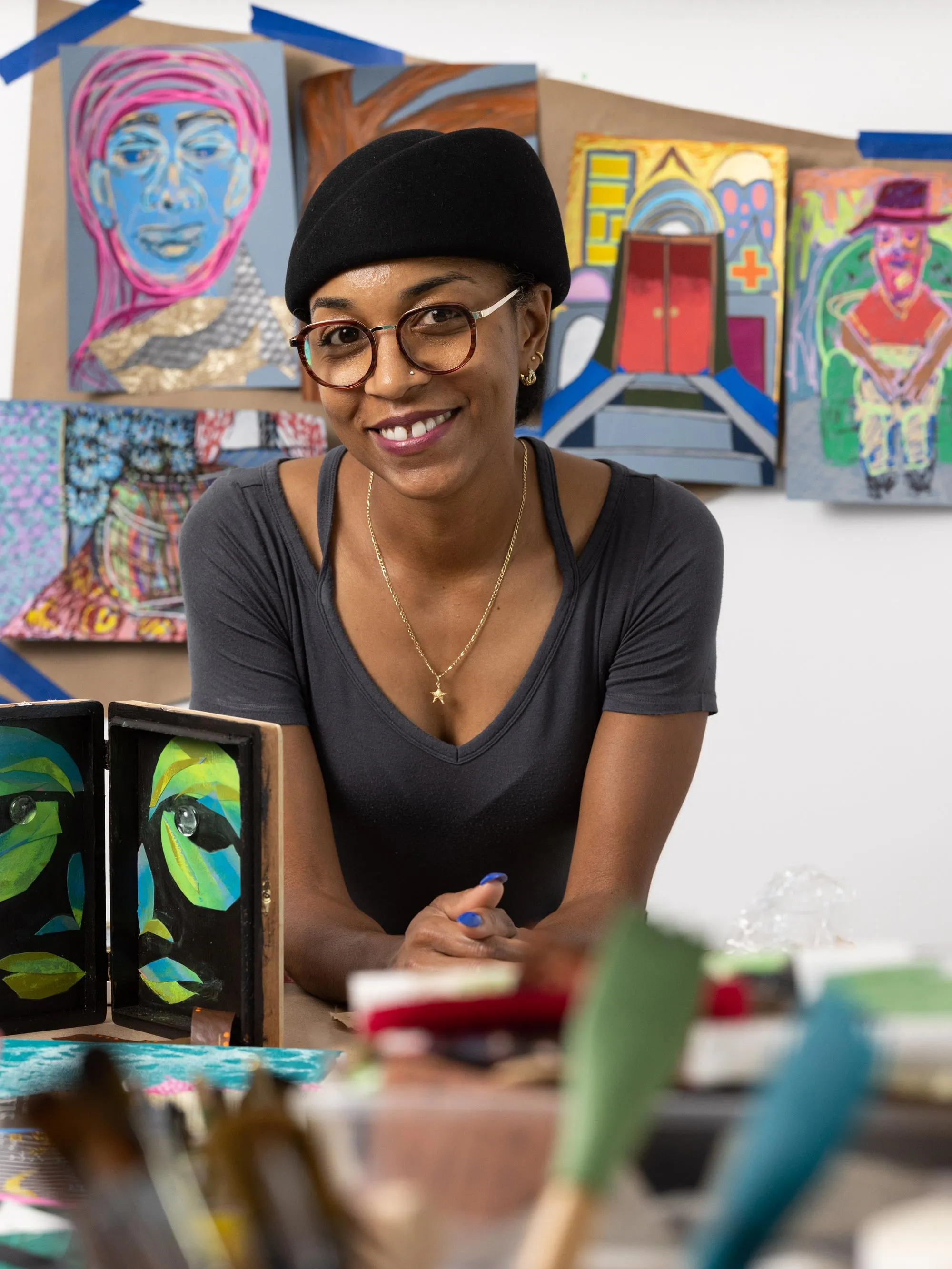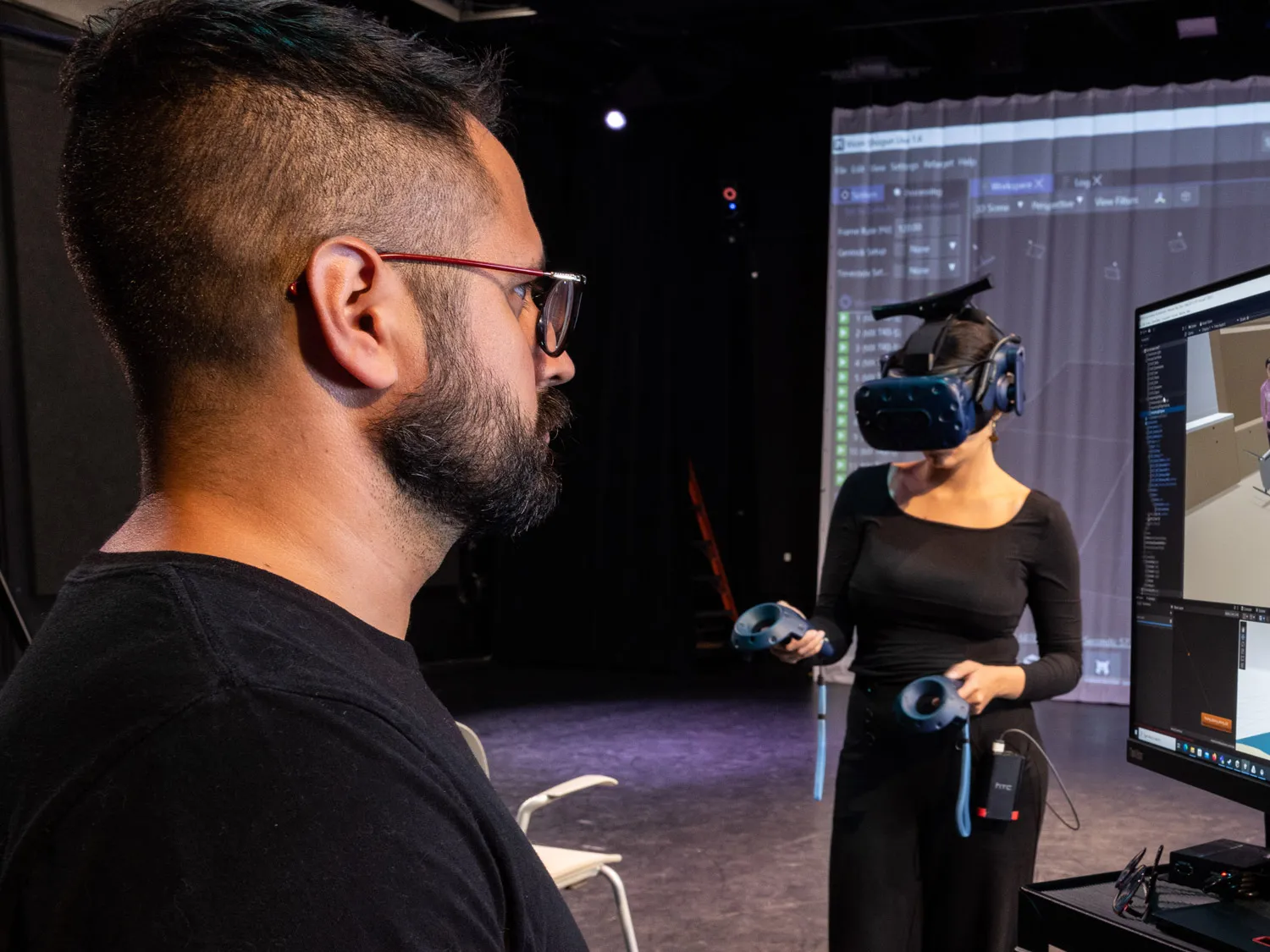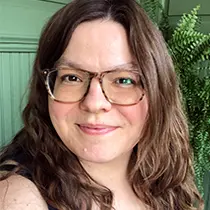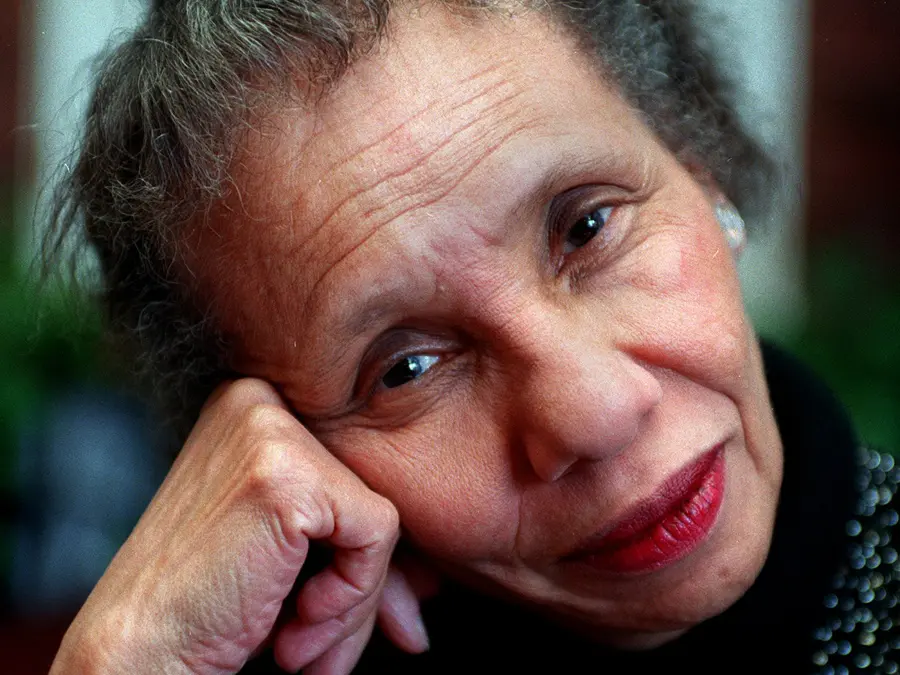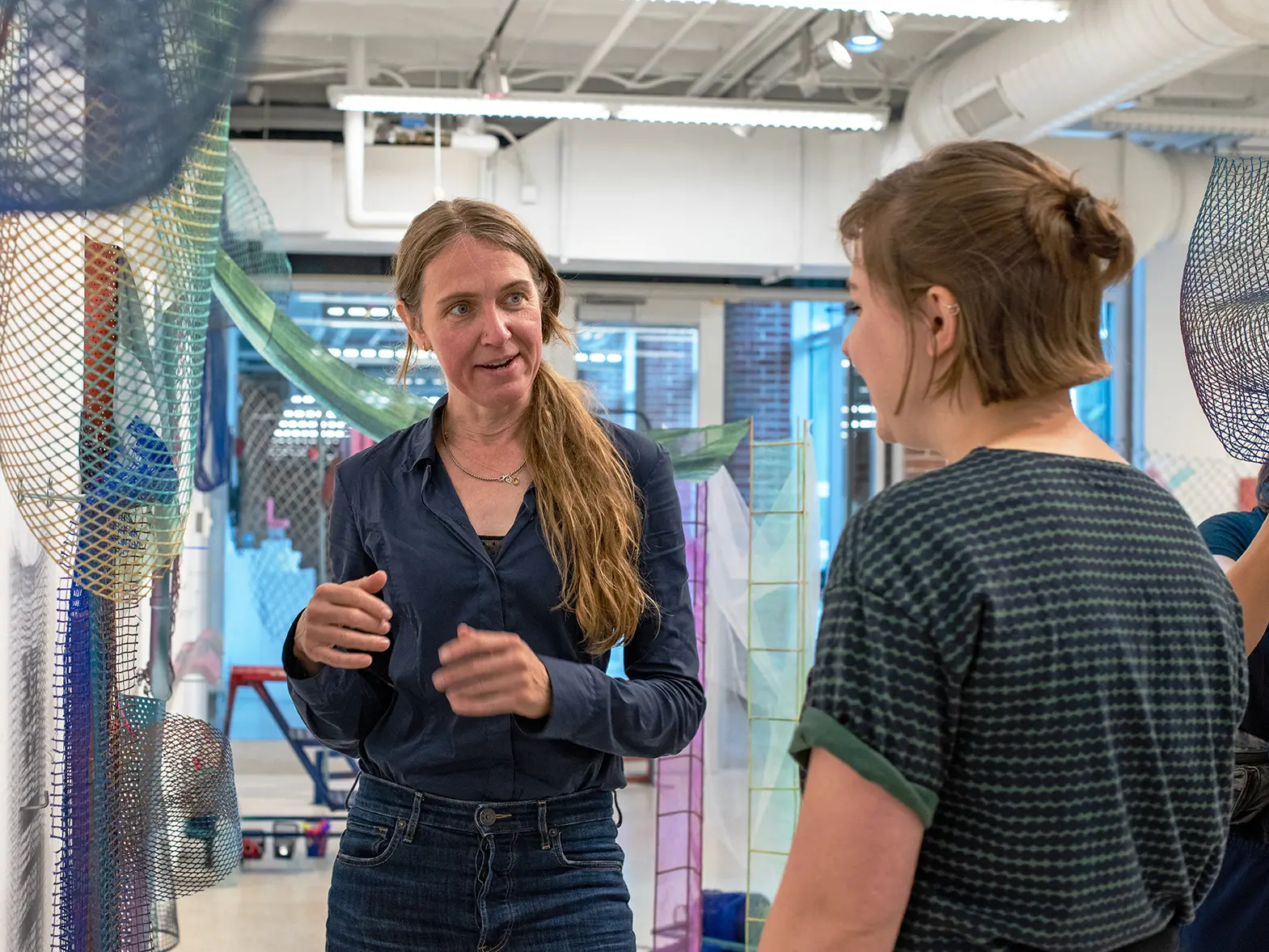For Tiffany Lawson ’05, by day a deputy bailiff for Franklin County Municipal Court, making art in the evenings and on the weekends isn’t just a way to unwind. It’s an everyday practice that has become non-negotiable — and central to her identity.
“It’s like there’s this whole other thing inside of her, and she can’t help but let it shine,” says Lisa Craig Morton ’88 MBA, who curated a solo retrospective of Lawson’s work for Ohio State’s Faculty Club last year.
Though Lawson had grown up immersed in Columbus’ arts scene, she chose to go another route on the Columbus campus, earning her bachelor’s in communication. These days she makes time every day to make art. Part collage, part assemblages, part painting, her pieces always start with brown paper bags, the material she has used to create since childhood. From there, she paints, layers and builds with scraps of fabric, pieces of past drawings and other found elements.
She finds inspiration in the resilient spirit of Black life and draws on her spirituality, culture and womanhood to, as she describes it, “reconstruct stories for the future.” In short, her art is how she communicates what she sees and what she hopes for.
“There is just an energy and a vibe to Tiffany’s work that stands out, pops off the wall,” says Morton, who was drawn to Lawson’s work the first time she saw it displayed. In the colors and themes, Morton observed similarities to the work of the respected Aminah Robinson and a few other notable Black artists in the city. “You could see that thread coming through to a younger generation.”
Lawson sees a critical difference between her art and Robinson’s: Where Robinson used storytelling to document the disappearing world around her, Lawson uses storytelling to imagine a future with a focus on Black joy and resilience. This perspective can be seen in a three-dimensional portrait she created of a modern-day “dragon slayer,” an embodiment of someone capable of defeating their own demons and turning their life around.
Lawson’s earliest introduction to art came as a child growing up on Columbus’ South Side. Her mother organized community programs that showcased artists like Robinson, “Grandpa Smoky” Brown, Queen Brooks ’90, ’92 MFA and Richard “Duarte” Brown, who also is Lawson’s uncle. Young Tiffany liked the whimsy of Robinson’s pieces.
As an adult, she sees more. Much of Robinson’s work captured life in Poindexter Village, one of the nation’s first federally funded public housing projects. Today, only two buildings remain. “She was documenting real things in Columbus,” Lawson says, “and what she was documenting, now it’s gone.”
The gentrification of the Southern Orchards neighborhood where Lawson grew up shows up in her art, too. Her 5-foot, three-panel collage “Around the Way, USA” — on display at the Streetlight Guild, a Columbus venue supporting Black artists, poets and musicians of all ages — is a neighborhood study capturing not just former landmarks but the area’s transformation over time.
As a citizen of the world, Lawson finds that meanings and bigger themes — sometimes political, sometimes idealistic — make their way into her work even when she’s not consciously intending it. “I was drawing waves for months in my sketchbook,” she says. “I was like, ‘What are these waves? What is this about water?’”
It was a fixation on clean water, and it manifested in a piece in which one large wave carries a boat filled with people displaced from their homes. It was shown in “Water Is Life,” a Columbus Cultural Arts Center exhibit.
Her newest obsession has her trying to depict altruism and selflessness that benefits the whole of humanity.
The vibrancy of Lawson’s themes and creations impresses Morton, and she isn’t the only arts scene leader taking note. Lawson has been selected for residencies at Millworks Art Studios, the Cultural Arts Center and, currently, Streetlight Guild. She has twice exhibited work in New York with the Brooklyn Waterfront Artists Coalition.
After a few years of making art primarily in isolation in her East Side home studio, Lawson is particularly appreciative that her Streetlight studio allows her to immerse in a creative community, with everything from music to art to poetry. She talks and convenes with a younger generation of artists, people such as Arris’ J. Cohen, Malik Carrington, LaShae Boyd and Nina 9 Wells. Being surrounded by art is stimulating, Lawson says.
She can’t imagine what her life would be without the time she spends focusing on art — observing it, making it and sharing her viewpoint through it.
“If you can see yourself on a canvas in a gallery, in a museum, it changes your perspective. I think that is why art matters, in particular, for Black people,” Lawson says. “To see different types of art by Black artists, it opens you up in regard to being human — and to being treated like a human. Wanting to be more than your environment.
“Art can keep us moving in the right direction.”
